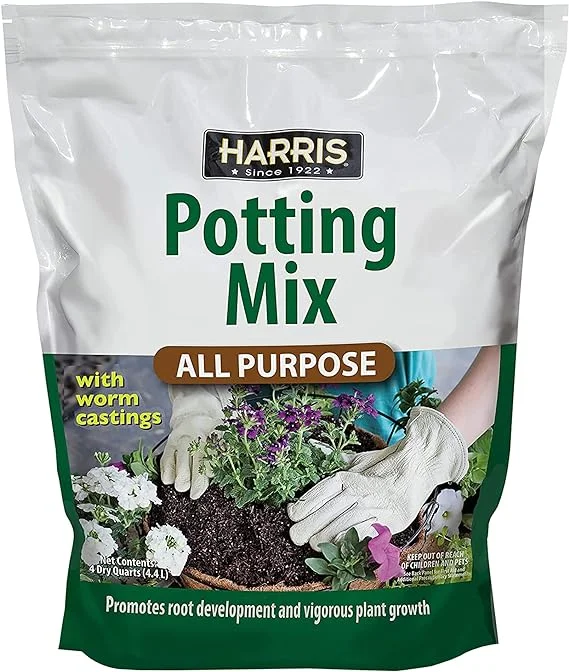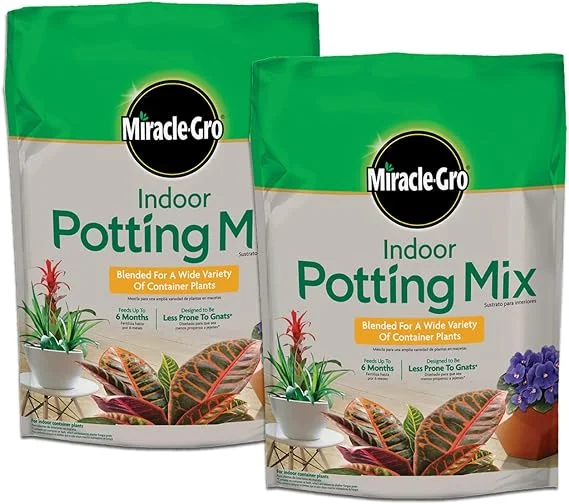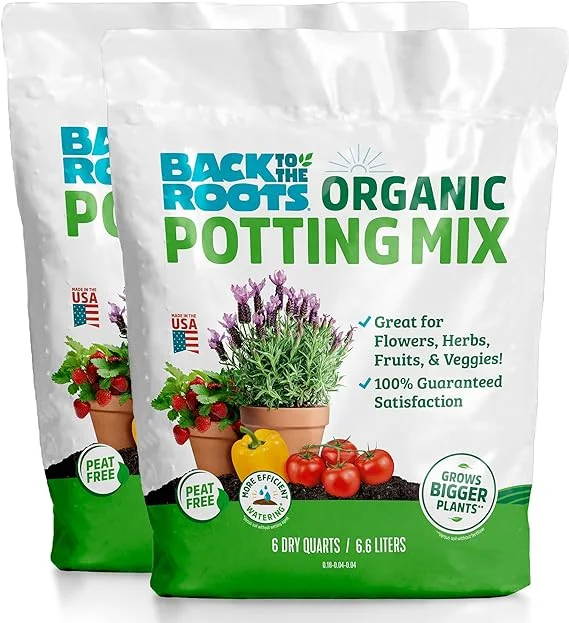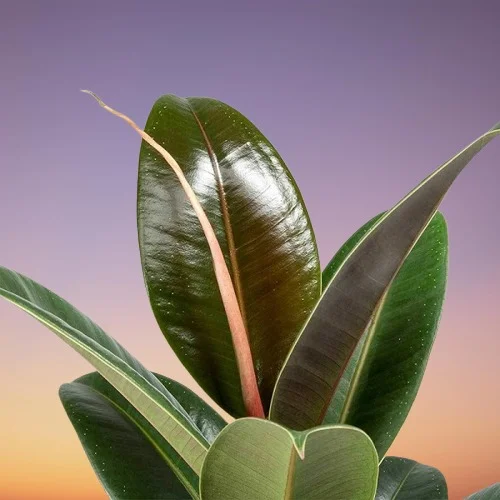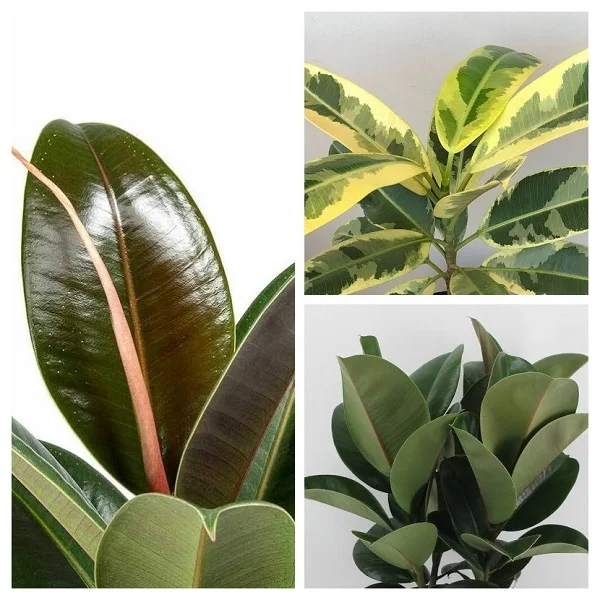11 Causes of Rubber Plant Dying and How to Revive It
Some links in this post may be affiliate links
Rubber Plant is dying due to incorrect watering, improper feeding, too little light, cold drafts, low humidity, poor quality soil, root-rot, pest infestations, being pot-bound among others.
Rubber Plant is one of the easiest of the Ficus varieties for indoor growing. Rubber Plant flourishes in bright light with 4-6 hours of direct sunshine, average warmth of 15-280C, moderate humidity of 50-55% and moderately moist, rich, well-drained, all purpose potting soil coupled with monthly feeding during the growing season. Learn more on how to grow and care for Rubber Plants.
If you fail to provide these growing conditions, the Rubber Plant may begin to die. We have herebelow outlined 11 reasons why your Rubber Plant is dying and how to solve them.
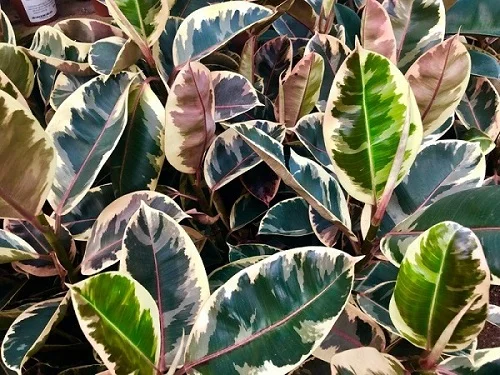
11 Reasons Rubber Plant is Dying & How to Fix Them
1. Pest infestations
Rubber Plant is prone to scale insects, aphids, mealy bugs and spider mites which suck the plant sap causing the plant to become wilted, stunted, drop leaves and begin to die.
How to fix itEnsure that your Rubber Plant is healthy by giving it the correct growing conditions; weaker plants are more prone to these pests.
Pest infestations are more prevalent in dry air conditions. Therefore, use a wet pebble tray or a humidifier to raise humidity. You may also grow the plant in a well-lit bathroom and other humid conditions in the home to minimize pest infestations.
In addition, keep the plant well pruned by removing the dead and yellow foliage to discourage pest infestations.
Isolate the affected plant to prevent spread to the other plants and treat it with insecticidal soap and neem oil as per the manufacturer's instructions.
2. Poor quality Soil
Poor quality soil does not drain easily and therefore it easily becomes compacted or soggy which may result in reduced growth and the plant begins to die.
How to fix itGrow your Rubber Plant in loose, well-drained, all purpose soils which is rich in organic matter to prevent it from getting soggy while providing the required nutrients.
3. Root-rot disease
Root-rot disease is characterized by yellowing, wilting and leaf drop which is rapidly followed by browning and plant death if not treated in time. The disease is prevalent in soggy soil.
How to fix itCarefully, take your Rubber Plant out of its pot and inspect the roots. Brown-black mushy roots indicate root-rot, trim them off and treat the healthy roots with a copper-based fungicidal solution as instructed by the manufacturer.
Disinfect the pot with the fungicidal solution or use a fresh pot to repot the plant in fresh free-draining soil.
Withhold watering the plant and keep it dry for a few days before you resume watering.
To prevent root-rot in the future, make sure that the pot has a drainage hole and that the soil is well-drained to prevent it from getting soggy.
Take care not to overwater the plant during the cold season as growth is minimal at this time, therefore, the plant does not need a lot of water.
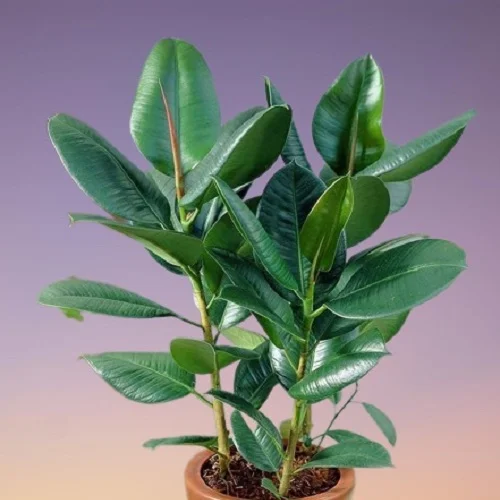
4. Improper feeding
Overfeeding Rubber Plant will cause the roots to die due to fertilizer burn. When the roots die, they cannot take up nutrients and water required for photosynthesis, thus the plant begins to die due to lack of food.
At the same time, underfeeding the plant means that the plant is not getting enough nutrients needed for growth, therefore, the plant wilt and begins to die.
How to fix itFeed your Rubber Plant every 4 weeks during the growing period with a balanced, water-soluble fertilizer as per the manufacturer's recommendations. Do not feed the plant in the cold season as growth is minimal and feeding at this time can lead to fertilizer burn and death of the plant.
5. Pot-bound plant
If Rubber Plant is pot-bound, the roots have filled the pot and there is very little soil to hold water when you water the plant. Therefore, there is little water for the plant to take up to the leaves. The leaves loss their stiffness and they wilt and the plant begins to die. How to fix itCheck the bottom of the pot for roots growing through the drainage hole and repot the plant into a pot one size larger than the current one. Thereafter, repot your Rubber Plant at the beginning of the growing season when it has become pot-bound.
Ensure that the pot has a drainage hole and that the soil is loose and well-drained. Use a heavy pot as the plant can become top-heavy and topple over. Check out these pots with drainage holes on Amazon.
6. Too little light
Rubber Plant blossoms in bright light with some direct sunshine. Adequate light is necessary for photosynthesis, the process by which plants make food needed for growth and energy. Too little light for plant means that the plant cannot make enough food for growth and development which results in stunted growth and the plant begins to die.
How to fix itPosition your Rubber Plant in a brightly-lit spot where it will receive bright light with 4-6 hours of morning or late afternoon sunshine. If the natural lighting in your home is not sufficient, consider investing in a grow light. Take a look at these full spectrum grow lights on Amazon.
Regularly rotate the pot to ensure that the plant absorbs enough light for photosynthesis on all sides and also avoid leggy growth.
7. Too low humidity
Rubber Plant grows best in average room humidity of 50-55%. Too low air humidity will result in dry and shrivelled leaves, leaf drop and the plant may begin to die.
How to fix itTo increase humidity for your Rubber Plant, group the plants together, grow the plant in a well-lit bathroom, kitchen, laundry area and other humid areas in the home. You may also set the pot on a wet pebble tray or use a cool mist humidifier.
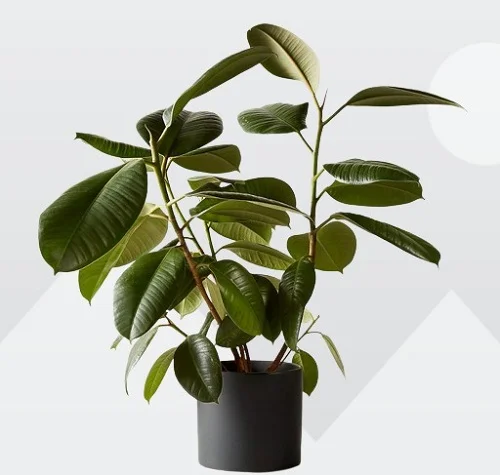
8. Incorrect watering
Incorrect watering; either overwatering or underwatering your Rubber Plant will result in yellow leaves, leaf drop and the plant may begin to die. Overwatering will cause the roots to die due to lack of oxygen. When the roots die they cannot take up water which causes the leaves to yellow, drop and eventually the plant dies.
Underwatering implies that there is too little moisture in the soil and therefore, the plant has no water to take up to the leaves. Thus, the leaves begin to drop and eventually the plant may die if the situation is not corrected.
How to fix itRubber Plant requires that the soil be kept moderately moist at all times during the growing season while allowing the top 2-3 inches of soil to dry out between waterings. Lessen watering in the cold season but do not allow the soil to dry out completely. Ensure that the pot has a drainage hole to prevent the soil from getting soggy.
9. Exposure to hot direct sunlight
Exposing your Rubber Plant to hot direct sunlight, will cause the leaves to wilt, drop and the plant may begin to die. The plant prefers bright light with some morning or late afternoon sunshine but not hot midday sunlight.
How to fix itPlace your Rubber Plant in a more shaded spot or instal a light curtain to shield it from hot direct sunlight to prevent its eventual death.
10. Cold drafts
Cold drafts like windy doors and windows, air conditioning units and others, will cause sudden drops in temperature which will lead to reduced growth in the Rubber Plant and may cause the plant to begin to die.
How to fix itTo prevent death of your Rubber Plant, keep the plant away from cold drafts to maintain an average warmth within the range of 15-280C. In addition, cut down on watering during the cold season and confirm that the pot has a drainage hole to prevent the soil from getting soggy.
11. Too Hot Temperatures
Rubber Plant requires average warmth of 15-280C for optimum growth. Extremely hot temperatures above the optimum range will cause dehydration of the leaves resulting in wilting, leaf drop and the plant may begin to die.
Solutions
Keep your Rubber Plant away from hot drafts like hot surfaces, hot air vents and other hot areas to prevent extremely high temperatures. Maintain an average temperature of 15-280C. A room temperature that is comfortable for you is ideal for this plant.
You liked it? Share on social media.
Related Content
Amazon Associates Disclosure
Homeplantsguide.com is a participant in the Amazon Services LLC Associates Program, an affiliate advertising program designed to provide a means for sites to earn advertising fees by advertising and linking to amazon.com.
